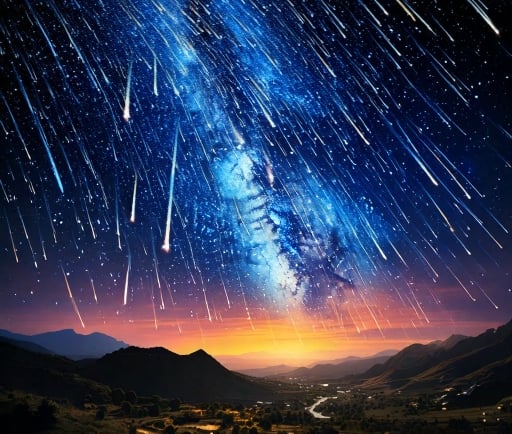The Historic Meteor Shower of 1833


The Origins of the 1833 Meteor Shower
The spectacular meteor shower of 1833, which illuminated the night sky with a breathtaking display, marked a significant moment in astronomical history. On the night of November 13-14, over 100,000 meteors were reported to cross the sky every hour, transforming the heavens into a mesmerizing showcase of nature's brilliance. This event, now known as the Leonids meteor shower, originated from the debris of Comet Tempel-Tuttle, which follows a roughly 33-year orbit around the Sun.
The Impact on Society and Science
The 1833 meteor shower not only captivated the public with its dazzling display but also sparked a wave of interest and research within the scientific community. As countless meteors streaked across the sky, observers were filled with a sense of wonder and curiosity. Newspapers of the time published articles documenting the phenomenon, and many citizens gathered outdoors during the early hours of the morning to marvel at the celestial spectacle. The sheer volume of meteors prompted discussions about their origins and significance in the broader context of the universe.
Legacy and Continued Relevance
Today, the Leonids meteor shower remains a subject of fascination for astronomers and laypeople alike. The event of 1833 serves as a historical benchmark, illustrating the power and beauty of nature's astronomical events. Moreover, the meteor shower has established a tradition where enthusiasts gather annually to witness the phenomenon. Notably, subsequent Leonids showers have continued to capture the interest of stargazers, though none have equaled the remarkable display seen in 1833.
In conclusion, the meteor shower of 1833 is a stellar reminder of the grandeur of the cosmos. The overwhelming number of meteors that streaked across the night sky continues to resonate through time, encouraging a deeper understanding and appreciation for the universe and instilling a sense of curiosity about the celestial events that shape our experiences on Earth.
